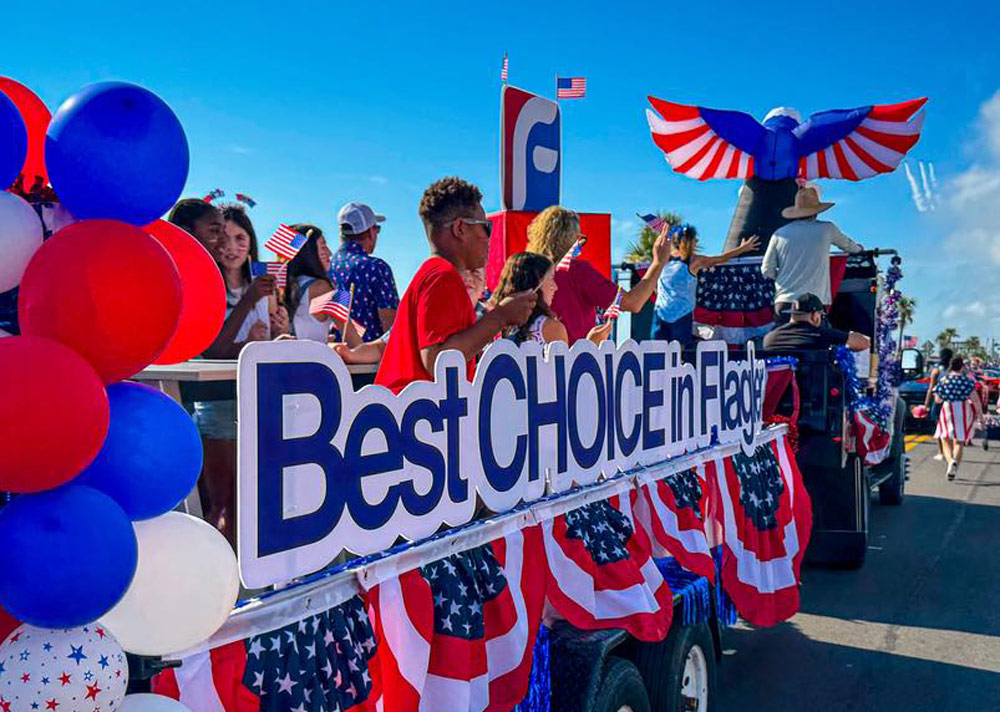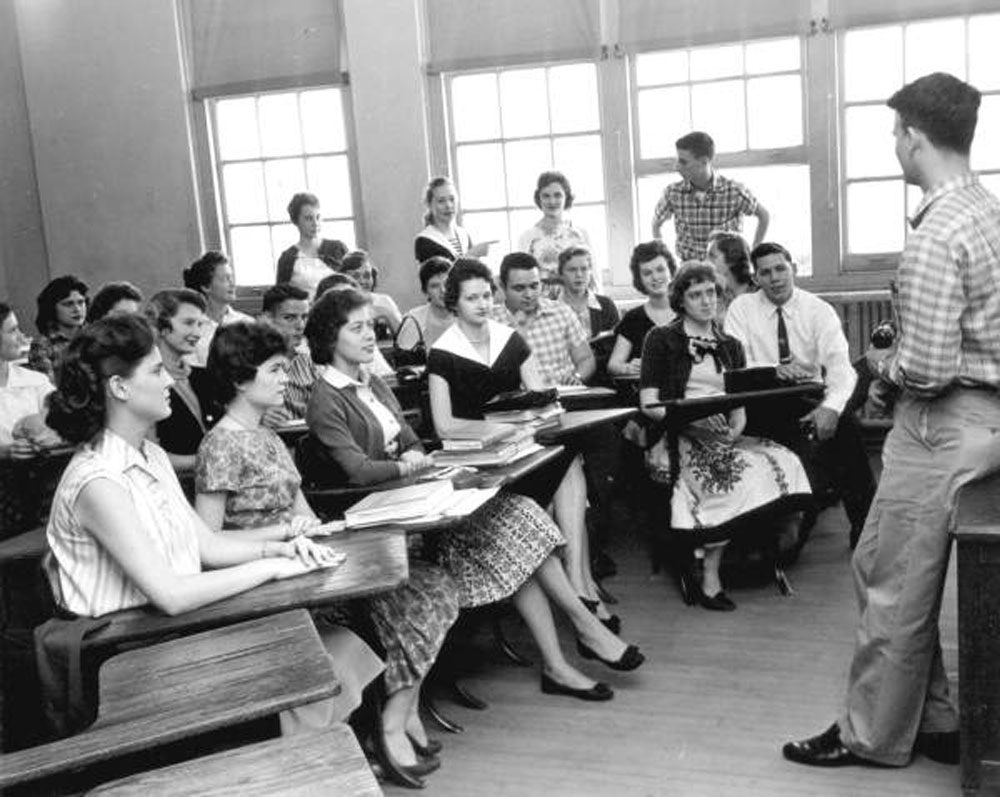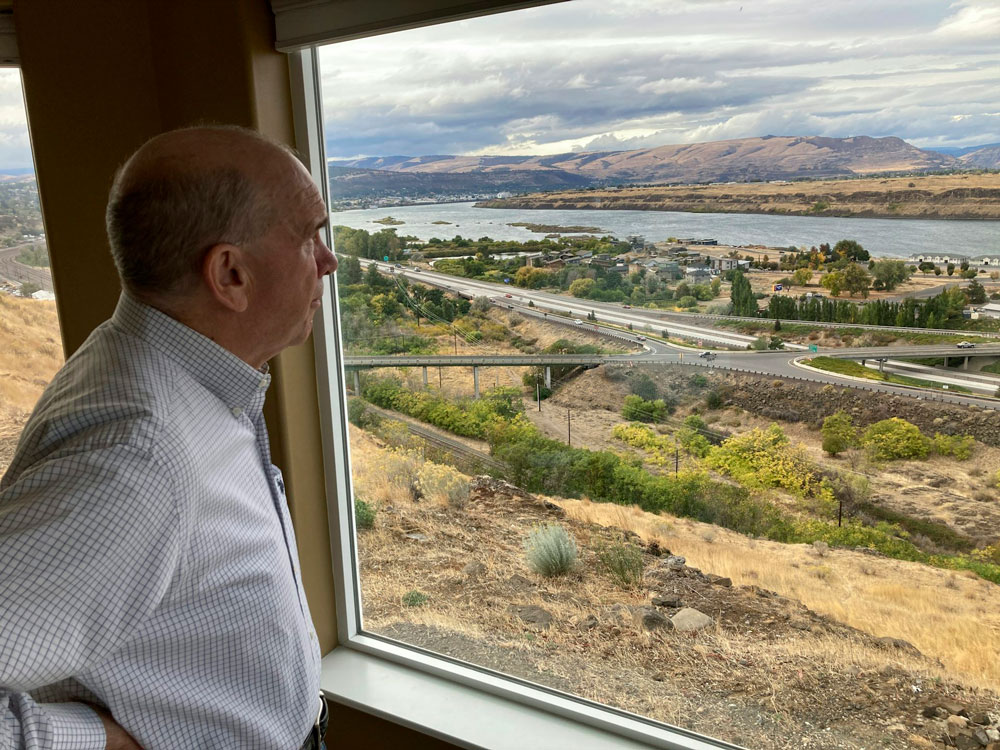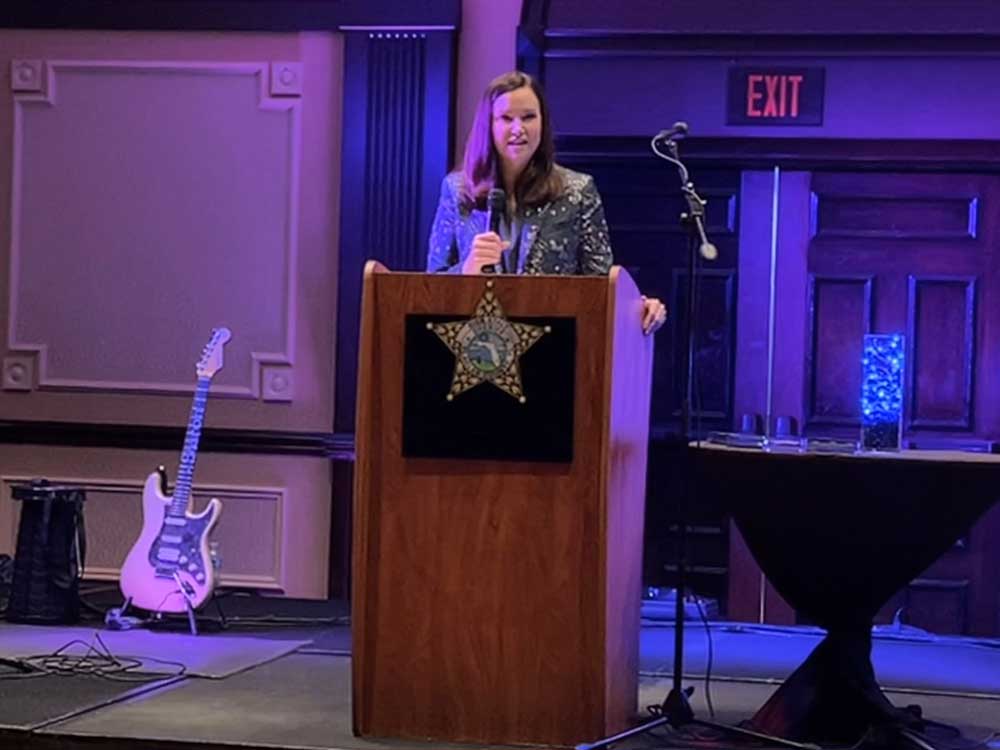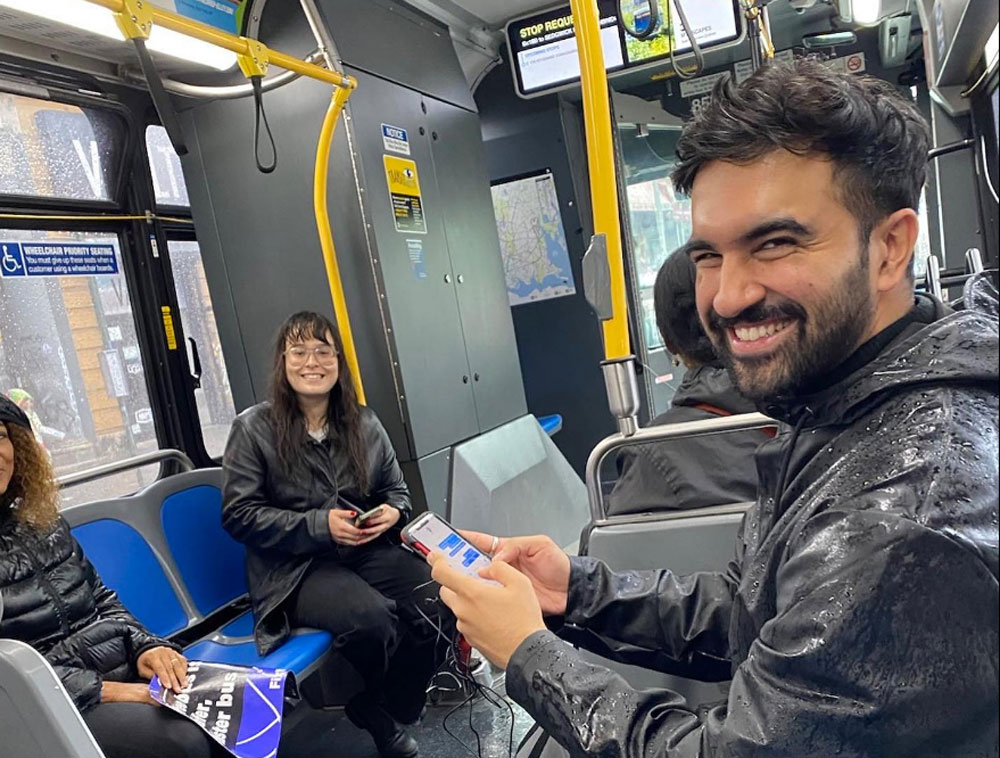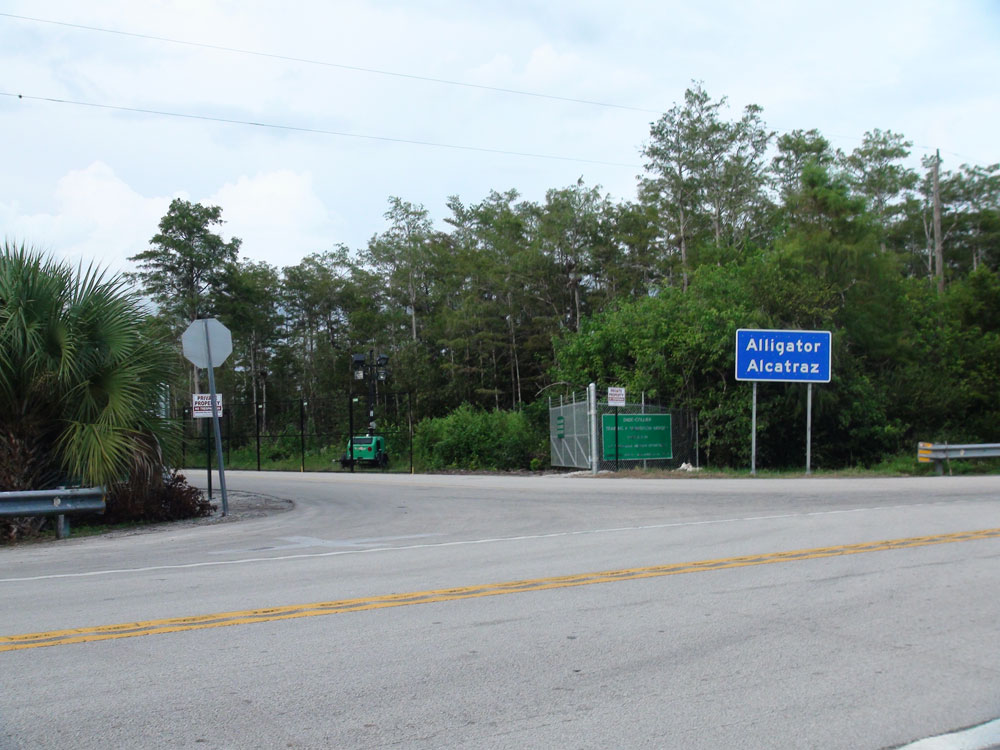According to the district’s most recent projections, the number of Flagler County kids using public funds for private, parochial, or homeschool education quadrupled from the previous year to this year, from 884 to 1,606, which is significantly more than what was first projected. Based on data from the state, the district calculated that 1,236 children would use vouchers in the spring.
If the 1,606 pupils had been attending regular public schools, the district would have saved $14.2 million in public education funds. That $14.2 million is included by the state as a line item in the budget for Flagler schools, but solely as a passthrough and an inadvertent reminder of funds that are being removed from public education.
Indeed, a significant portion of those 1,606 students—possibly even the majority—had previously attended private schools and were only now beginning to use the public funding subsidies. However, since more children are opting out of the district for private education, that percentage is declining. By next autumn, the district will lose 400 children to vouchers, according school Superintendent LaShakia Moore’s April statement.
In addition to undermining the school district’s enrollment, which in March totaled 12,447 children across its nine traditional brick and mortar schools, the doubling keeps the state voucher program’s rapid growth going. Additionally, 900 students attended Imagine School at Town Center, a privately operated and publicly supported charter school, and 185 students attended iFlagler, the district’s virtual school.
Even though the county’s population increased by more than a third during that time, the district ended its 18th consecutive year between the 12,000 and 13,000 student threshold. The district’s estimate of the number of students attending non-public schools is probably under 2,000.
The state is giving families vouchers to spend on private school that range in value from $7,300 to $34,000 annually per student. For middle and high school general population kids, the amounts are smaller; for elementary-age students, they rise to $8,067. The larger sums, ranging from $10,000 to $34,000, are intended for children in special education, including talented and special needs students. There is little oversight. (View the breakdown by diagnosis and grade here.)
The district estimated that 798 students in Flagler County received vouchers for the 2023–24 academic year. In a statement given to the School Board this week, the district updated the number to 884 kids, up from 136 in 2020–21 and 692 in 2022–23. Before Colleen Conklin, a school board member whose term expired this autumn, pushed last summer that the data be included in all budget documents, the district’s finance office did not publicize such figures.
As recently as last spring, the district was estimating that 1,236 students would be using vouchers based on state data.According to the state’s so-called third computation of the year, which serves as the basis for funding for the following year, the district changed that to 1,606. This school year, the state spent $14.2 million on vouchers in Flagler County, compared to less than $1 million four years prior.
Family empowerment scholarships are the name given to Florida’s voucher program. Since private schools have enough space, any student can get the money, unlike other scholarships, which have social, economic, or other requirements. This was the case before to 2023. Itchoice is also referred to by the district and the state. Additionally, students are eligible for vouchers through the Florida Tax Credit Scholarship, which uses funds from general state revenue to fund company tax credits. Only family empowerment scholarship funds—not tax credit scholarships—are included in the numbers that were given to the Flagler school board.
Vouchers were used by 369,273 students throughout the state in the 2023–24 school year, costing taxpayers $3.18 billion. In March 2023, eligibility restrictions were lifted. The two voucher schemes received $3.9 billion from the legislature this year.In 2021–2022, the state’s share of public education financing vs voucher money was 88% to 12%, according to the Florida Policy Institute, a nonpartisan non-profit that promotes sustainability and fairness. It was 77 percent to 23 percent in 2025.
